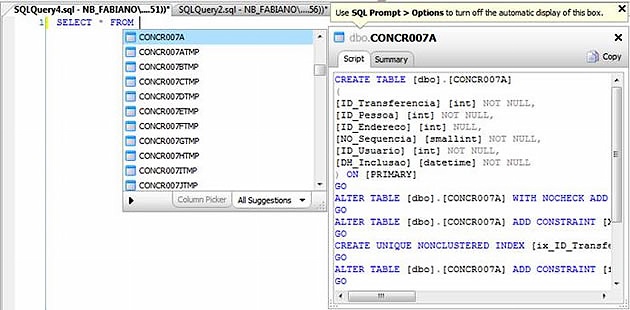

Magic command %matplotlib inline: Display figures inlineĪs part of an Exploratory Data Analysis (EDA) process, data visualization is a paramount step. %conda env export -f /jsd_conda_env.yml or %pip freeze > /jsd_pip_env.txtįrom a common shared or public dbfs location, another data scientist can easily use %conda env update -f to reproduce your cluster's Python packages' environment.ģ.

With %conda magic command support as part of a new feature released this year, this task becomes simpler: export and save your list of Python packages installed. This helps with reproducibility and helps members of your data team to recreate your environment for developing or testing. A good practice is to preserve the list of packages installed. Since clusters are ephemeral, any packages installed will disappear once the cluster is shut down. Once your environment is set up for your cluster, you can do a couple of things: a) preserve the file to reinstall for subsequent sessions and b) share it with others. Magic command %conda and %pip: Share your Notebook Environments To further understand how to manage a notebook-scoped Python environment, using both pip and conda, read this blog.Ģ. Now, you can use %pip installĪlternatively, if you have several packages to install, you can use %pip install -r To that end, you can just as easily customize and manage your Python packages on your cluster as on laptop using %pip and %conda.īefore the release of this feature, data scientists had to develop elaborate init scripts, building a wheel file locally, uploading it to a dbfs location, and using init scripts to install packages. But the runtime may not have a specific library or version pre-installed for your task at hand. Magic command %pip: Install Python packages and manage Python Environmentĭatabricks Runtime (DBR) or Databricks Runtime for Machine Learning (MLR) installs a set of Python and common machine learning (ML) libraries. Import the notebook in your Databricks Unified Data Analytics Platform and have a go at it.ġ. If you don’t have Databricks Unified Analytics Platform yet, try it out here. However, we encourage you to download the notebook.

MLflow: Dynamic Experiment counter and Reproduce run buttonįor brevity, we summarize each feature usage below.

%run auxiliary notebooks to modularize code.In this blog and the accompanying notebook, we illustrate simple magic commands and explore small user-interface additions to the notebook that shave time from development for data scientists and enhance developer experience.Ĭollectively, these enriched features include the following: Often, small things make a huge difference, hence the adage that "some of the best ideas are simple!" Over the course of a few releases this year, and in our efforts to make Databricks simple, we have added several small features in our notebooks that make a huge difference.


 0 kommentar(er)
0 kommentar(er)
